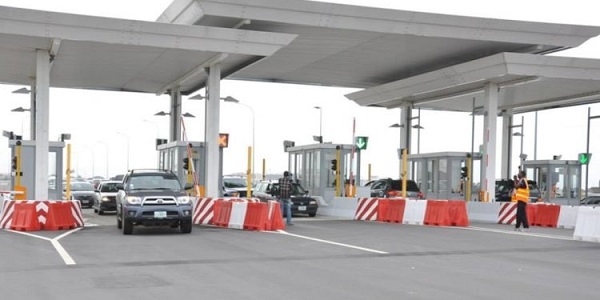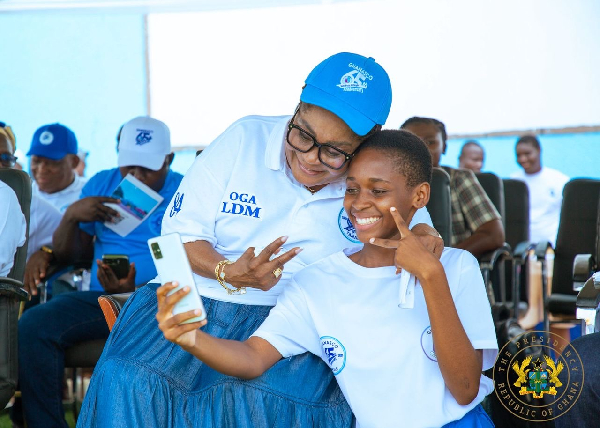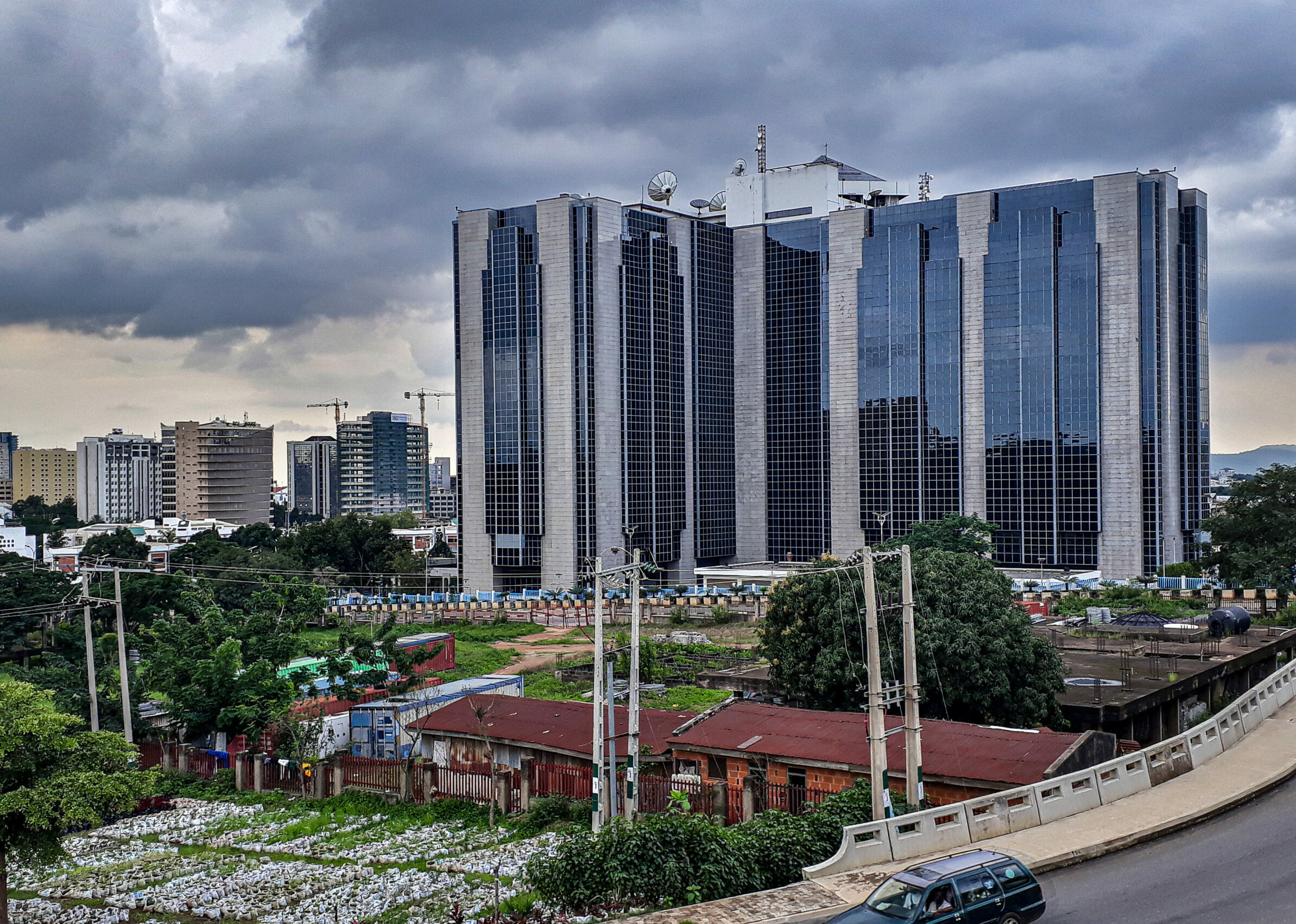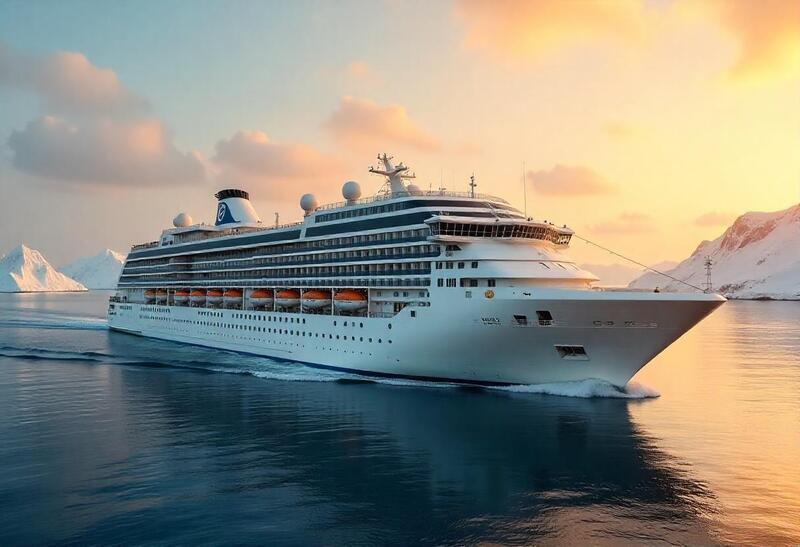Derby woman returns from working at world's southernmost museum
She described the island as "very isolated" and slightly smaller than a football pitch.
But despite its size, Ms McKenna said the island was "a much busier part of the world than people probably realise".

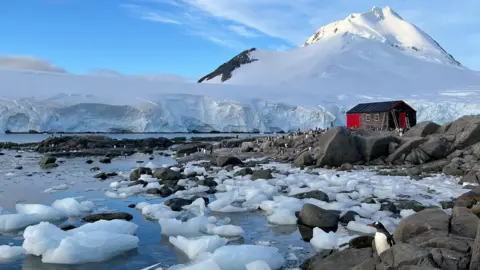 Aoife McKenna
Aoife McKenna
The UK Antarctic Heritage Trust (UKAHT) says the island is home to the world's southernmost post office and museum, along with a colony of gentoo penguins.
Ms McKenna told the BBC: "We were positioned on the Antarctic Peninsula, which is kind of a strip of the continent that sort of reaches up towards the bottom of South America.
"We saw probably around 18,000 people over the course of the season, who visit on cruise ships and all kinds of small boats and yachts.
"People came to do scientific research, all kinds of people came."
Ms McKenna spent five months on the island working with a team of four others to assess museum objects at the base.
She said: "We were able to do that but also I wanted to make the most of the experience, to spend the time with the penguins and spend as much time outside as possible.
"There are roughly one thousand penguins on the island, and in the time that we were there they had just under 700 chicks, so that was really cute and definitely a highlight."

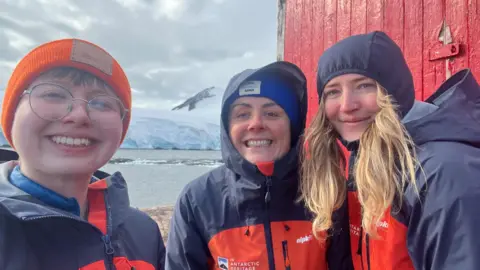 Aoife McKenna
Aoife McKenna
UKAHT runs Port Lockroy - the UK's first scientific base in Antarctica - and Ms McKenna said open recruitment takes place every year.
"The majority of people who do this job have never worked in Antarctica before," she said. "It is a little bit more accessible than most people think."
For Ms McKenna, the hardest part of the job was how long the days felt.
"For a lot of the season, there's 24 hours of daylight," she said.
"So there was no real sense of time passing, it always felt like the middle of the day, even when it was the middle of the night.
"Because we were working long hours, that definitely made us all really tired.
"There was a lot of adjustment coming back. We came back through Argentina on the way, so we spent some time in Buenos Aires on the way back.
"Adjusting to a huge city was definitely interesting. I noticed the noise a lot more."
She returned to the UK at the end of March and is now working at a museum in Stirling, Scotland.
She says the experience has made her "even more passionate" about museums and heritage.
